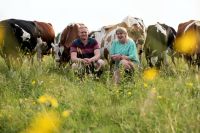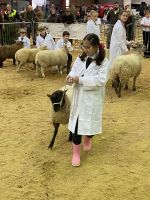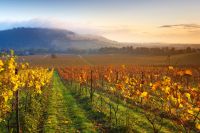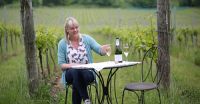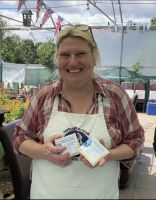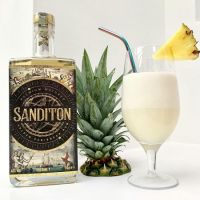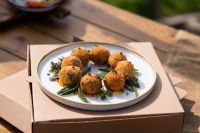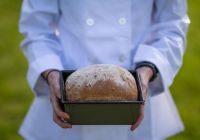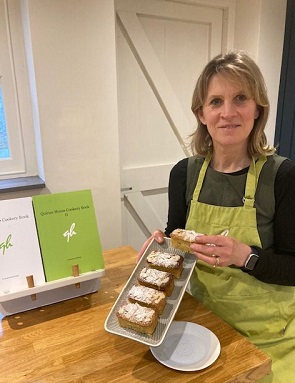
As ever, Local Food Britain is here to help and we asked member Katharine Eldridge from Quince House Cookery School to offer some expert advise for anyone trying their hand a gluten free cooking:
Q1: Gluten Free products have become much more available over the past few years – is there anything new to market that has made GF baking much simpler?
Basic gluten free flour can be rather starchy but the availability of different gluten free flours like chestnut flour, buckwheat flour, brown rice flour and amaranth flour have great health benefits adding protein, fibre and in the case of amaranth, magnesium and iron. Amaranth is an ancient grain similar to quinoa. When baking you need to mix it with other flours otherwise cakes can be too dense but it works well with almond flour, buckwheat or oat flour. Really nice as part of a gluten free bread flour mix too.
Q2: What would be your go-to GF dinner dish
This is a tricky one as pretty much everything I make is gluten free but if I wanted to impress someone who is gluten free then I would probably make them a delicious chicken, leek and mushroom pie with a gluten free flaky pastry. Pastry is often missed by people who are gluten free and the shop bought varieties tend not to be great. You do have to read the ingredients of some gluten free products, if I don't know what something is on the ingredients list, I tend not to eat it.
Q3: What is your favourite gluten free cake to bake – could non-gluten free eaters tell the difference?
In lockdown I did a lot of playing around with different flours and I came up with a delicious coconut and elderflower loaf cake with lime and ginger curd. You wouldn't know it was gluten free I was told and they didn't last long in my house. Also my chocolate brownies are pretty good, I use ground almonds rather than flour.
Q4: What would be your top tip for gluten free cooking?
I would experiment with different flours and try to avoid too many shop bought products. Psyllium husks help give gluten free dough elasticity, they act as a binder too so will help if a cake or biscuit is a bit too crumbly. They are also a good source of fibre. Dove's gluten free plain flour is great for making sauces and things like Yorkshire puddings, a little tip if you want them to rise well, add an extra egg white!!
Q5: Where is the best place to start when thinking of creating a GF menu?
Most things can be made gluten free, so I would start with your normal menu and then work backwards to see what you need to change. So, for example, if you wanted to make a lasagne, find some nice brown rice gluten free lasagne sheets and then make the white sauce with a gluten free plain flour and you won't notice the difference. A nice crumble mix can be made using porridge oats, oat flour and nuts and seeds too.
Tags: cooking advice
gluten-free
cake
Baking



